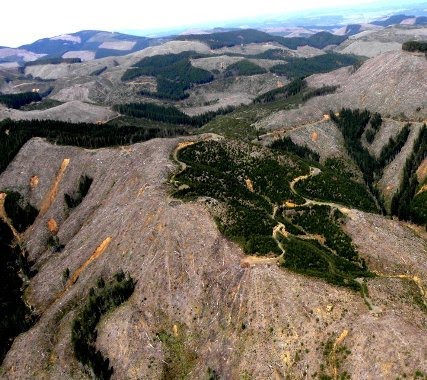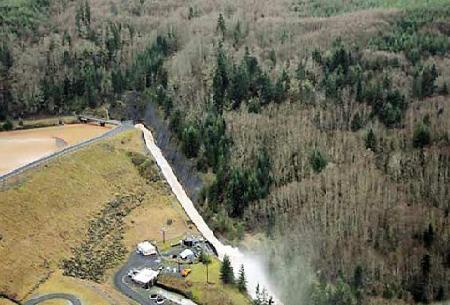SSCS Administration
Ongoing research
Interesting videos
Salmon Recovery Fund:
2011 Biannual Salmon Recovery Conference (Great Wolf Lodge)
Farmed Atlantic Salmon:
Farmed Salmon Exposed
Farrmed Salmon - Clayoquot Sound
Columbia / Snake River Salmon Recovery:
Salmon: Running the Gauntlet (PBS, Save Our Wild Salmon, others)
Pebble Mine: Bristol Bay, Alaska:
Sig Hansen (Deadliest Catch) Opposes Pebble Mine
Pebble Mine is a Trojan Horse
2011 Biannual Salmon Recovery Conference (Great Wolf Lodge)
Farmed Atlantic Salmon:
Farmed Salmon Exposed
Farrmed Salmon - Clayoquot Sound
Columbia / Snake River Salmon Recovery:
Salmon: Running the Gauntlet (PBS, Save Our Wild Salmon, others)
Pebble Mine: Bristol Bay, Alaska:
Sig Hansen (Deadliest Catch) Opposes Pebble Mine
Pebble Mine is a Trojan Horse
SSCS Announcements:
The Leader: October Issue: "Cohen Commission Inquiry", "Living with Western Washington Rivers", "International Farmed Salmon"
SSCS events being planned:
1. November 18, 2011: SSCS-hosted Living with Western Washington Rivers Symposium: Veterans' Memorial Museum: Chehalis, Washington
2. May 29-31, 2012: SSCS-hosted International Farmed Salmon Symposium: Universiity of British Columbia: Vancouver, Washington.
Recent SSCS Official Communication with elected and appointed Officials
Archived Flood News

Local and around the world
HUFFPOST: A missed opportunity to rebuild Louisiana
KING 5: Army Corps of Engineers release Howard Hanson Dam flood water to keep dam from failing
KING 5: GPS installed to monitor movement of Auburn's earthen Howard Hanson Dam
KING 5: Western Washington rivers dropping (January 2011)
KOMO 4: 2007 and 2009 floods, impacts and causes
Oregon's Sandy River flood (January 2011)
CNN: Brazil Floods
BBC News: Australia Floods
CNN: Australia Floods and more
Home Video: Flash Flood in Australia January 2011
Washington Post: Pakistan Floods and more
KING 5: Army Corps of Engineers release Howard Hanson Dam flood water to keep dam from failing
KING 5: GPS installed to monitor movement of Auburn's earthen Howard Hanson Dam
KING 5: Western Washington rivers dropping (January 2011)
KOMO 4: 2007 and 2009 floods, impacts and causes
Oregon's Sandy River flood (January 2011)
CNN: Brazil Floods
BBC News: Australia Floods
CNN: Australia Floods and more
Home Video: Flash Flood in Australia January 2011
Washington Post: Pakistan Floods and more
Dams and levees prove ineffective as Mississippi River flood "control" strategies
Ongoing Project: Chehalis River Basin Flood Risk Management and Ecosystem Restoration
SSCS volunteers are working with Chehalis River basin residents, business owners, elected officials and others on flood risk management and ecosystem restoration efforts in the uniquely important Chehalis River basin, the second largest river basin in all of Washington State.
Phase 2B Report - April 14 2011
Phase 2B - Questions and comments
Proposed location for Chehalis River dam

Prime salmon and steelhead spawning and rearing habitat (May 31, 2010)
FEMA map 7-Chehalis-Centralia Airport. Click map for 15 Lewis County FEMA maps (52MB)
SSCS Chehalis Basin Objective 1: Protect human lives, safety, health and property

December 2007 rainstorm claimed six human lives and thousands of livestock
SSCS Chehalis Basin Objective 2: Ensure economic stability
SSCS Chehalis Basin Objective 3: Protect and restore Chehalis River basin natural spawning fish
SSCS Chehalis Basin Objective 3: Protect and restore Chehalis River basin wildlife

Roosevelt Elk rely year around on a healthy Chehalis River basin.
Chehalis River Basin property damage - Cause 1: Development in the floodplain

Catastrophic floods: 1996, 2007, 2009
Chehalis River Basin property damage - Cause 2: Steep slope clear-cut logging practices

Willapa Hills mass wasting. Photo made available by Natural Settings and LightHawk
SSCS Recommendation: Basinwide - Restored Natural Processes - Immediate Results
Dam Proponents' Recommendation: Destructive, ineffective, costly, not before 2050
NWSSCS Copyright:
© Steelhead and Salmon Conservation Society, Inc.
All rights reserved by the Steelhead and Salmon Conservation Society, Inc.
All rights reserved by the Steelhead and Salmon Conservation Society, Inc.












